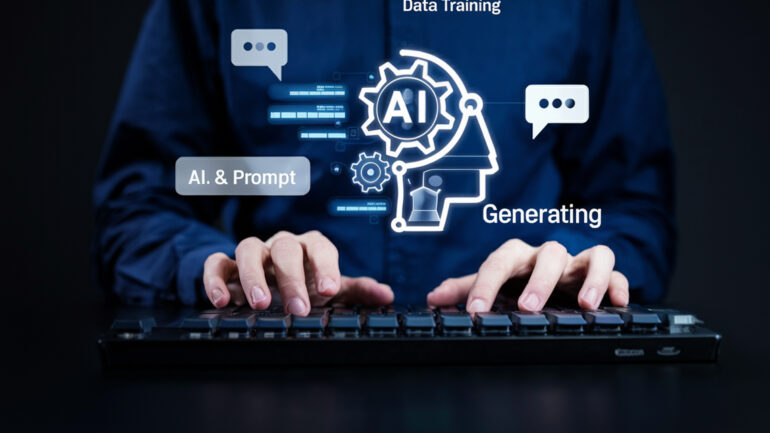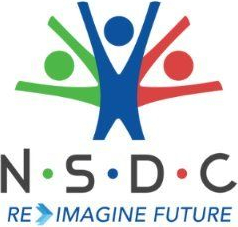What Tomorrow’s Programmers Will Actually Do

AI and no-code tools are rapidly transforming programming, drastically reducing development time and shifting the focus from coding to critical thinking, prompt engineering, and domain expertise. This evolution will lead to an explosion of “citizen developers” and redefine the role of professional programmers, emphasizing verification, system architecture, and human-AI collaboration. The historical pattern suggests this shift will ultimately create more opportunities and drive unprecedented software creation.
- English is the new coding language: Strong command of English and critical thinking are becoming paramount for effectively utilizing AI and no-code tools.
- Programmers will become verifiers and architects: The future role of professional programmers will pivot towards verifying AI-generated code, designing system architectures, and applying deep domain knowledge.
- More software, more opportunities: Despite fears of automation, the historical trend suggests that easier and more powerful programming tools will lead to an explosion of software creation and new job roles.
In a recent class of data science students learning how to use no-code tools to analyze, interpret, and visualize data, it was discovered that tasks that used to take 30-40 minutes earlier could now be accomplished in 4-5 minutes – a dramatic reduction of almost 80%-90% in time. It was also found that students with a strong command of English and thinking critically were able to write prompts that generated excellent outcomes – English is the new coding language. And, finally it was found that deep domain knowledge was absolutely essential in finding where no-code tools were making mistakes, and hallucinations in the case of LLM tools.
So, what will programming look like in 2030?
First, expect an explosion of software creation by non-specialists. The marketing manager who once needed a development team to build a customer portal might now direct an AI to do it instead. This “citizen development” will become mainstream. Analyst firm Gartner, projects that by this year, 70% of new applications developed by enterprises will utilize low-code or no-code technologies, a significant jump from less than 25% in 2023.
For professional programmers, the workday will look quite different. “You’ll spend less time implementing and more time verifying,” explained an MIT researcher developing tools to check AI-generated code for correctness. “Finding the subtle logic errors in otherwise perfect-looking code becomes the key skill.”
Michio Kaku, the futurist and physicist, envisions programming becoming more like teaching: “You’ll be training systems rather than commanding them. The best programmers will be those who can clearly communicate intent and verify that the system understood correctly.”
The most valuable skills will shift accordingly:
- System architecture – envisioning how components should interact
- Verification and testing–ensuring AI-generated code is correct and secure
- Domain expertise–understanding the real-world context AI might miss
- Effective collaboration with AI–an emerging skill akin to management
Meanwhile, some programming specialties will remain stubbornly resistant to automation. Embedded systems programming for medical devices or spacecraft, where lives depend on perfect execution, will likely remain human-centred longer than web development.
Learning to Program in an AI World
This transformation is already reshaping education. MIT, Stanford, and other leading computer science departments have begun integrating AI collaboration into their curricula. “We still continue to teach the fundamentals,” a department chair explained, “but we’re adding courses on effectively directing AI systems.”
The skills gap concerns are real. A McKinsey report estimates that by 2030, AI could automate 60-70% of current programming tasks while creating demand for new roles in AI orchestration and verification. This transition period could be bumpy.
“What matters to an industry and society isn’t how long it takes to train one worker but what it takes to create a stable, trained workforce,” Bessen explained. noting that the largest economic benefits of the Industrial Revolution took decades to materialize for precisely this reason.
The Programmer’s Paradox
The irony in all this? Programmers have spent decades trying to make computers understand humans better. Now that we’re succeeding, many fear becoming obsolete. The goal was always to make machines understand what we want, not force humans to think like machines.
Perhaps the ultimate programming skill will be distinctly human: creativity in problem definition. After all, computers can increasingly answer questions, but they struggle to know which questions are worth asking.
The question isn’t whether AI will replace programmers. It’s whether programmers who use AI will replace programmers who don’t. And that transition, while potentially disruptive for individuals, suggests a future with more software creation than ever before–just accomplished in radically different ways. The code may be written by AI, but the vision will remain human. At least for now.
While we might be worried about the future looking at the way these no-code platforms are reimagining software development, it would be worthwhile to remember that programming has perpetually been in a state of creative destruction. The original programmers – women like Betty Jean Jennings and Frances Bilas who programmed the ENIAC in 1946 – would barely recognise what we call “coding” today.
First came assembly language, rendering binary code obsolete for most. Then higher-level languages like FORTRAN and COBOL emerged, allowing programmers to express ideas more abstractly. Later, interpreted languages like BASIC democratized programming, helping launch the personal computer revolution from suburban garages instead of corporate back offices.
Each transition sparked anxiety. Each ultimately created more programming jobs, not fewer.
“What happens is that programming becomes simultaneously easier and more powerful,” explained James Bessen, an economic historian who studied technology transitions in America’s early textile mills. “When barriers to entry fall, more people can participate, and entirely new industries emerge.” Businesses are constantly pressured to optimize their operations and automate workflows. Low-code platforms simplify the automation of complex business processes, allowing organizations to adapt quickly to market changes. This capability is crucial for staying ahead of competitors and responding to customer needs in real time.
This pattern played out dramatically with the web revolution. Suddenly anyone could build simple “applications” with minimal skill. WordPress made website creation point-and-click simple. Yet the demand for professional developers skyrocketed. This time too, we will follow the same trajectory.


